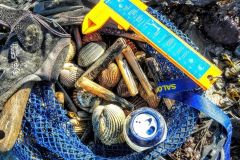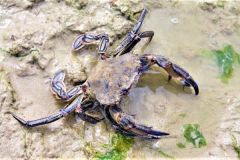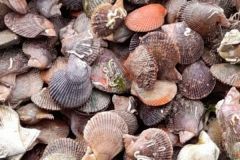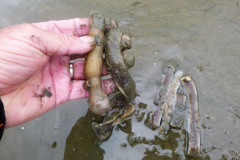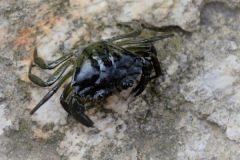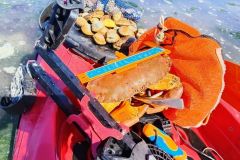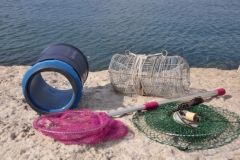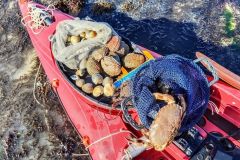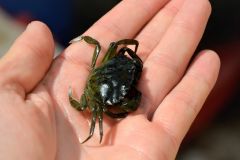The foreshore is the part of the coastline uncovered at low tide. Depending on the nature of the substrate, it harbors a wide range of marine species, from shellfish to crabs and fish.
While it's often necessary to wait for high tide to find shellfish, when it comes to discovering marine fauna, there's no need, and you can wade in whenever you like with your children.
The best places
The ideal place to discover the foreshore is an area made up of a mixture of rocks, gravel and seaweed. In fact, this type of configuration will provide numerous hiding places for various marine animals and create pools on the ebb tide in which various fish can live.
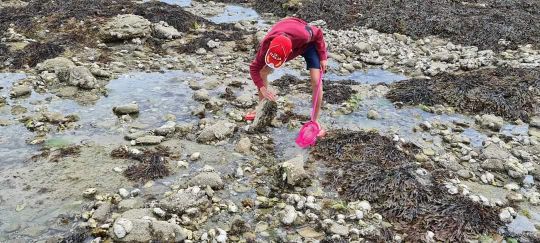
How to proceed?
There are three main ways to prospect the foreshore.
1) The first is to use a small landing net and run it through all the seaweed clumps and pools you come across to catch various species of fish and crustaceans.
2) The second is to look for crabs in every crevice.
3) Finally, the most productive and fun way is to turn over the rocks and discover the species they shelter. A hand-capture is then recommended to continue the pleasure of fishing.
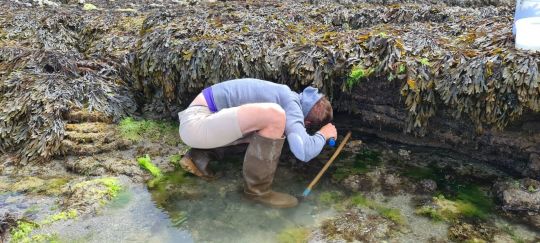
Green crab and curry
The green crab is undoubtedly the species you'll encounter most often. But you can also catch red crabs, which are fast and pinch hard! Watch your fingers! In this case, it's best to catch them by forming a pincer with your thumb and forefinger on either side of the shell.
For the lucky ones, a crab or lobster is quite possible.
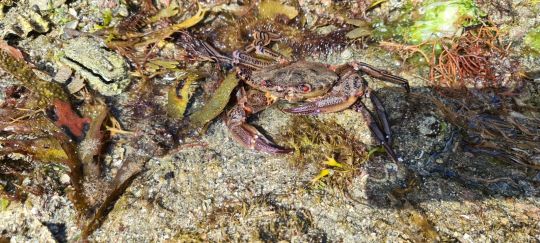
Grey shrimp and bouquet
The two main species of shrimp you'll be able to catch are the grey shrimp and the bouquet. The easiest way to do this is to pass your landing net through every pond containing packets of wrack.
The fish
On the foreshore, fish are plentiful and some even manage to survive without water under the stones while waiting for the tide to come back in.
You'll be able to catch blennies, gobies, crappies, mostelle or even conger eels under large rocks or at the bottom of horizontal faults.
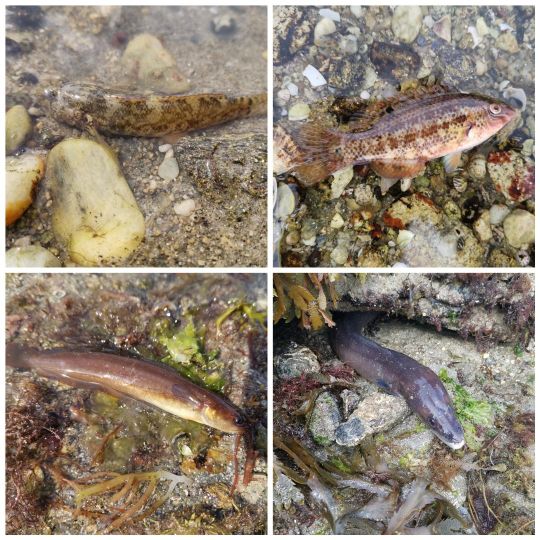
Syngnaths
Syngnathids are members of the seahorse family, but have an elongated shape. Their head is similar to that of their cousin, and they also have a small dorsal fin.
I've noticed that I often find them in groups of 3 or 4. Keep your eyes peeled, as they can easily be confused with seaweed.
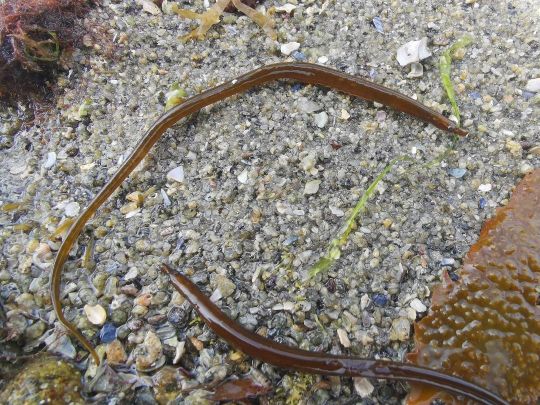
Shellfish, starfish and more
On the foreshore, the fauna is extremely varied. Your children will discover starfish, periwinkles and sea urchins, as well as several species of bivalves if you dig a little deeper into the substrate. Clams, mussels, oysters, cockles and razor clams are the most common.
In the interests of ecology and responsibility, it's very important to put each stone back in its place and in the direction in which you found it, to preserve the ecosystems you've encountered. Similarly, if you keep your catch in a bucket, release it quickly to keep it healthy.

 /
/ 




